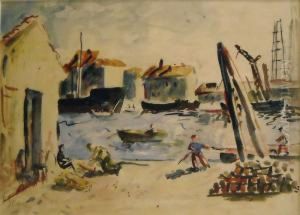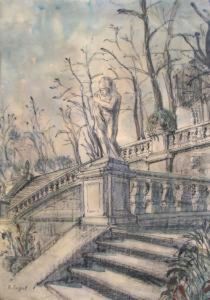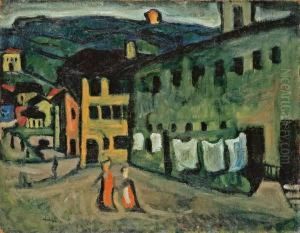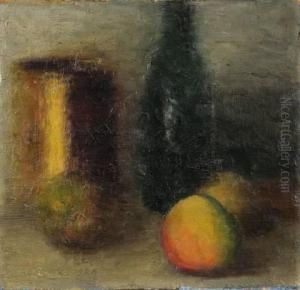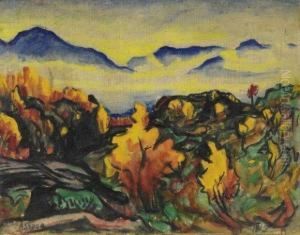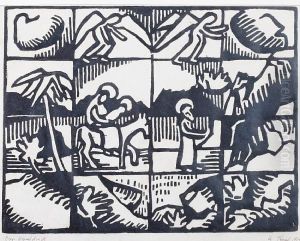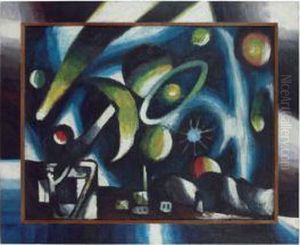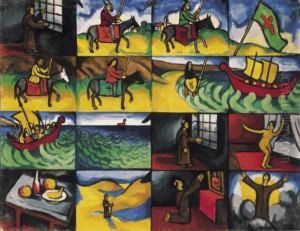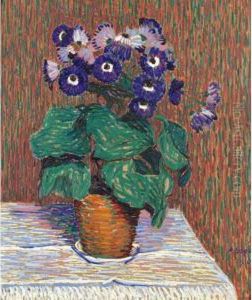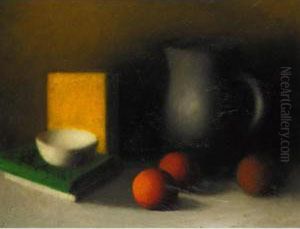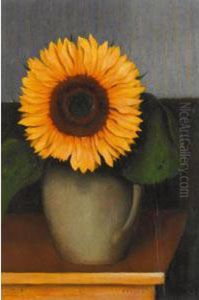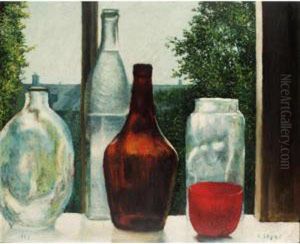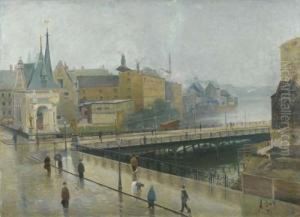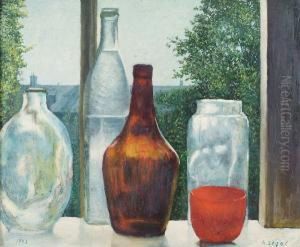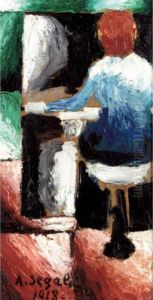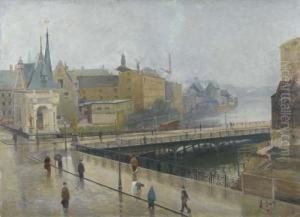Arthur Segal Paintings
Arthur Segal was a Romanian-born painter and printmaker who became an influential figure in the German avant-garde movement. Born in Iași, Romania, on July 13, 1875, Segal moved to Berlin in the late 1890s, where he studied art and became involved in the city's burgeoning art scene.
His work initially reflected the influence of Impressionism, but he soon began to explore other styles, including Expressionism and Constructivism. Segal was a member of various art groups, such as the Berlin Secession, and later the November Group, which connected artists interested in radical social reform through art. His artworks often tackled social issues and reflected his interest in the relationship between art and society.
In the 1910s, Segal's style evolved towards a more abstract approach, and he became interested in color theory and the psychological effects of colors. During World War I, he was interned as an enemy alien while in Britain but continued to create art. After the war, he returned to Berlin, where he became involved with the Dada movement and participated in several Dada activities.
Segal also taught art and wrote extensively on the subject. In 1927, he established his own art school, the 'Schule für Malerei und Plastik' in Berlin. However, with the rise of Nazism, Segal, who was Jewish, faced increasing persecution. He was forced to close his school in 1933 and eventually fled Germany, first to Mallorca and later to London, where he continued to work and teach until his death on June 23, 1944.
Throughout his career, Segal remained a committed and passionate artist, whose work encompassed a range of styles and who constantly sought to understand the role of art in society. His legacy includes not only his diverse body of work but also his influence on his students and his contributions to the intellectual discourse on art.


